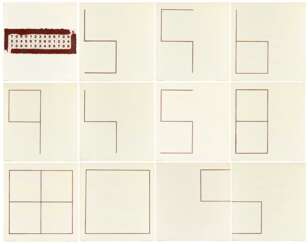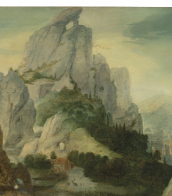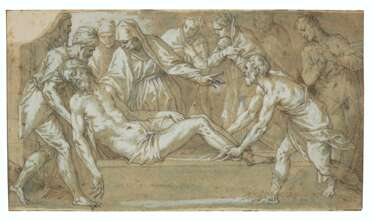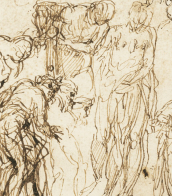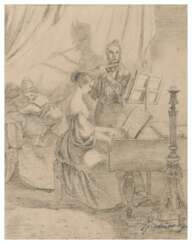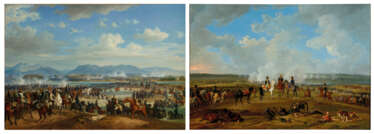munich
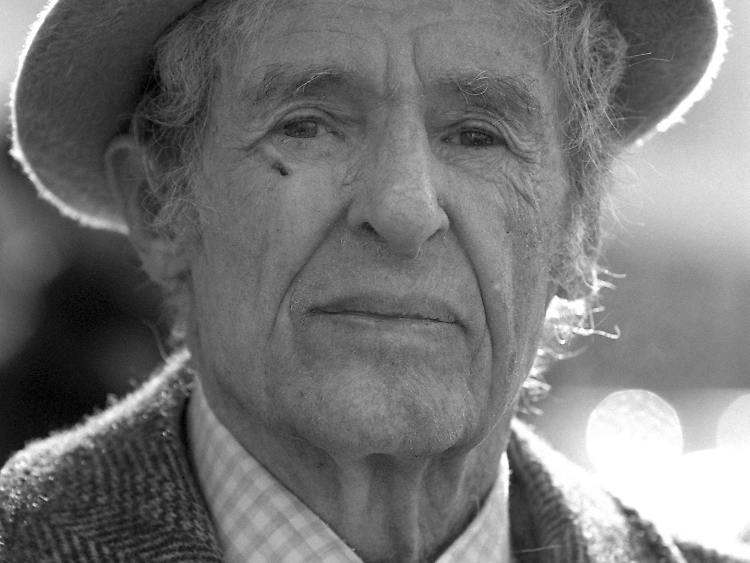
Rupprecht Geiger was a German abstract painter and sculptor. Throughout his career, he favored monochromicity and color-field paintings. For a time, he concentrated solely on the color red.
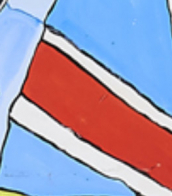
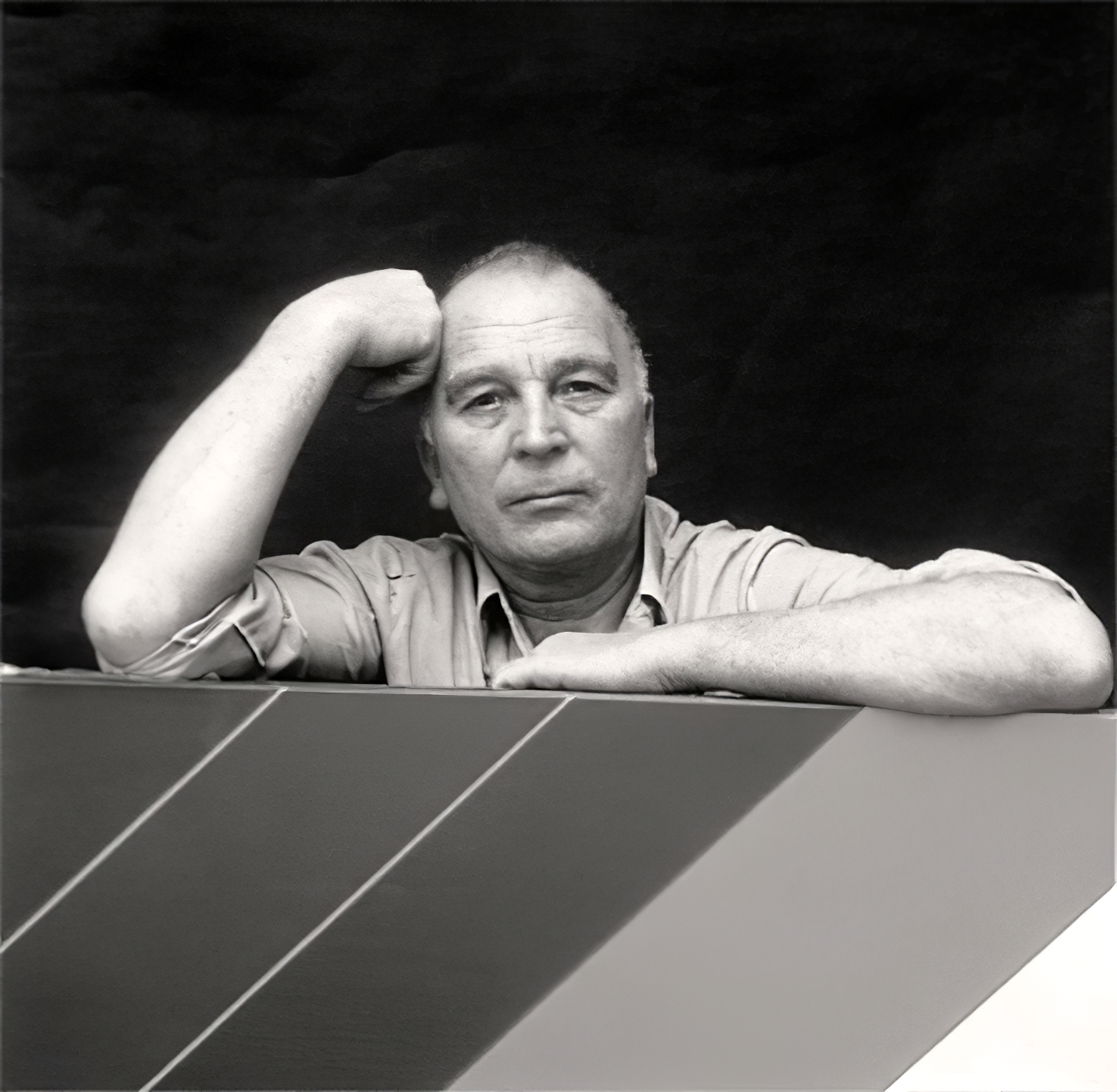
Günter Fruhtrunk was a German geometric abstract painter and printmaker whose work relates to op art.
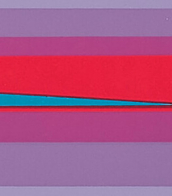

Julius Veit Hans Schnorr von Carolsfeld was a painter of the German Romantic period. Along with Friedrich Overbeck, he is the best-known painter of Nazarene art.
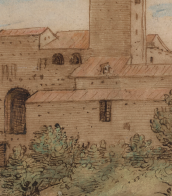

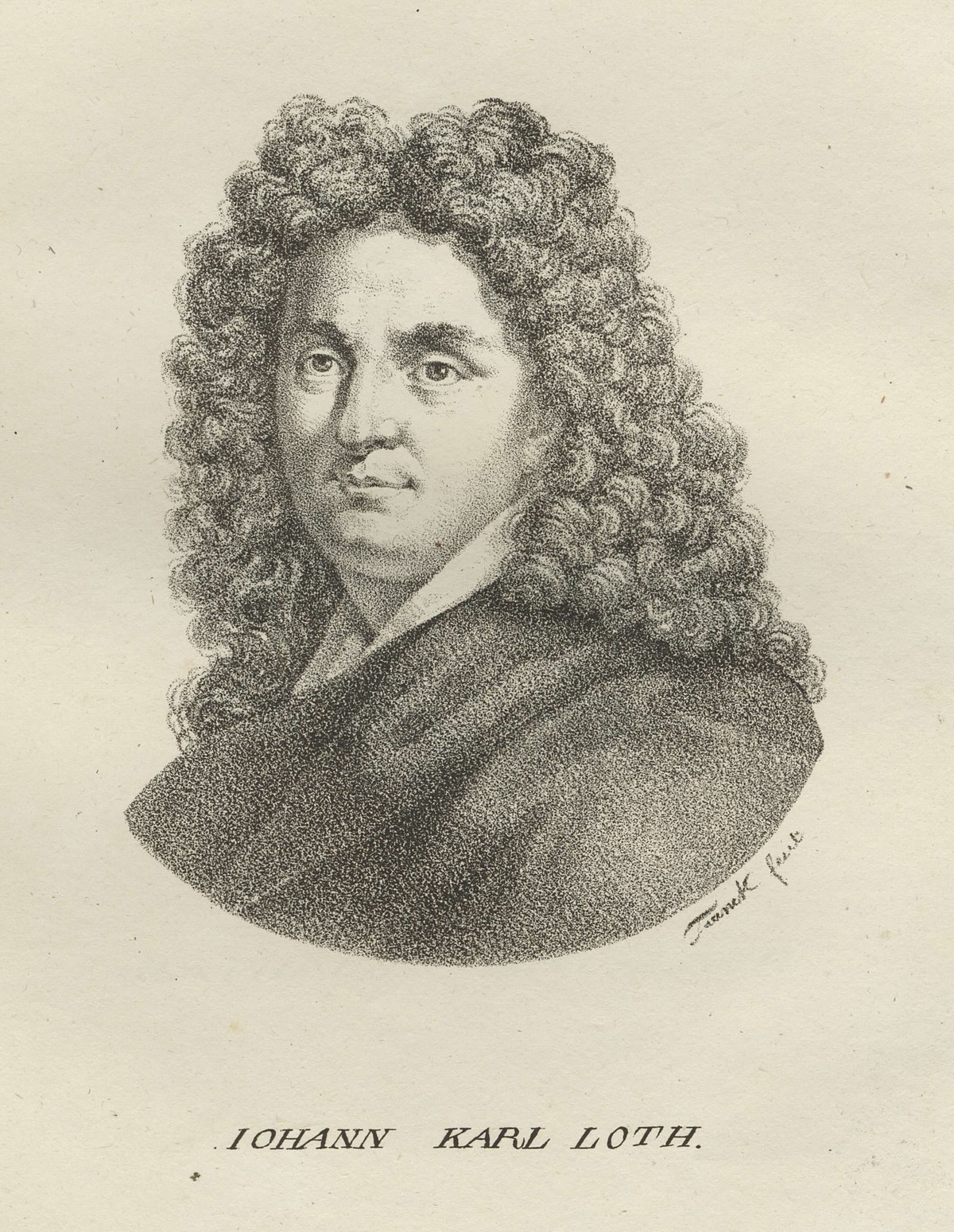
Johann Karl Loth was a German painter of the second half of the 17th century, the Baroque era. He is known as a painter and graphic artist, a representative of Caravaggism.
Loth painted canvases with historical, religious and mythological subjects, as well as portraits. In portrait painting, he brought elements of genre, which was influenced by the Flemish masters. The combination of dynamic brushstrokes, colorful variety and spectacular lighting in the style of the masters of Northern Italy attracted the attention of European collectors and aristocratic clients.
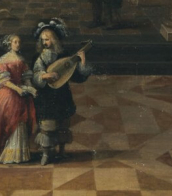
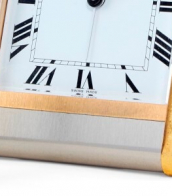
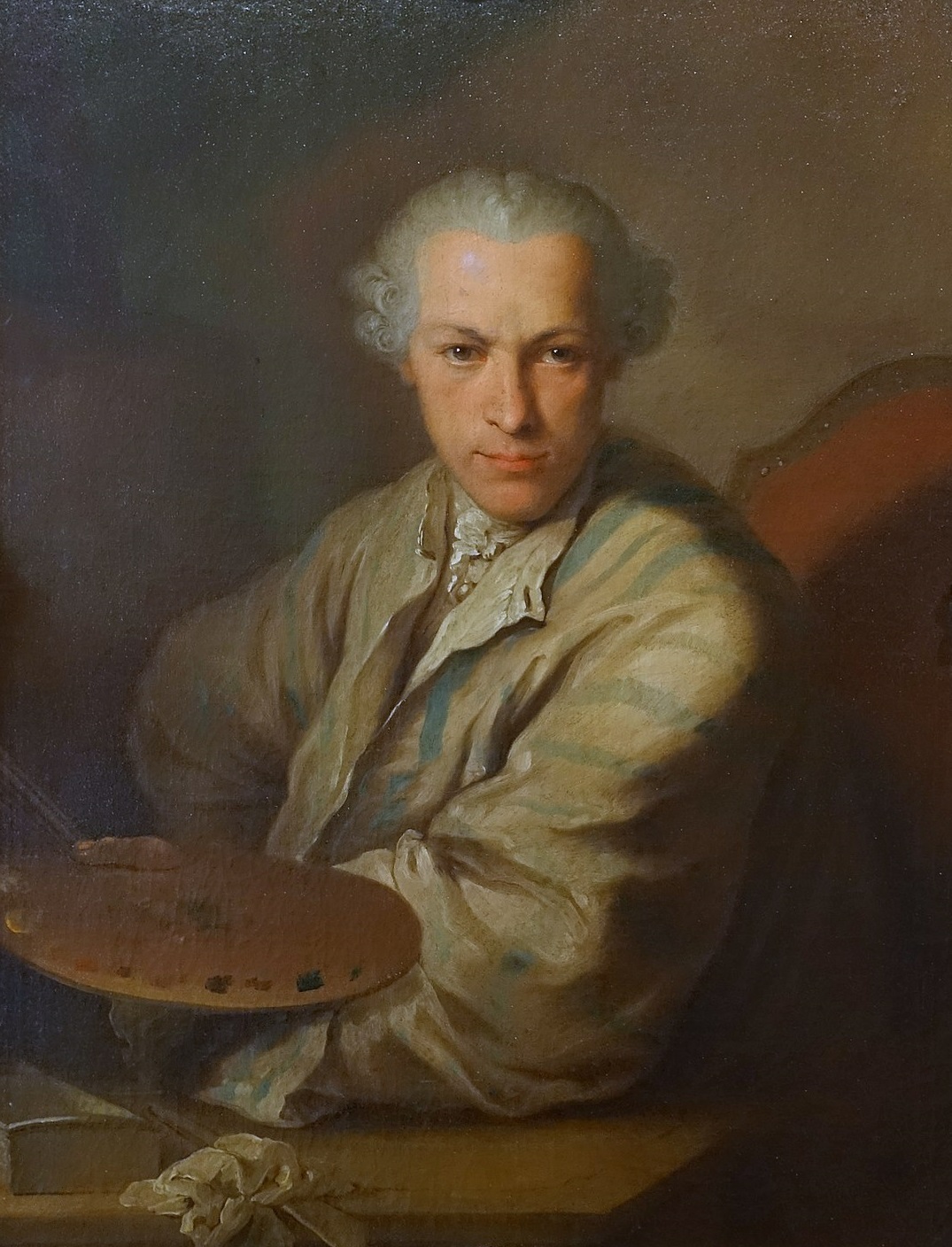
Johann Rasso Januarius Zick was a German painter and architect. He is considered to be one of the main masters of the Late-Baroque.
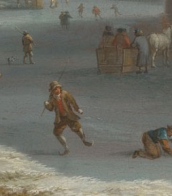

Albrecht Dürer, born on May 21, 1471 in Nuremberg, Germany, is widely regarded as the greatest German Renaissance painter. His contribution to painting and engraving is quite significant and has left a notable mark on the art world. Dürer's early life was spent in Nuremberg, a city that played a crucial role in his development as an artist and was also the site of his death on April 6, 1528. He was the son of the goldsmith Albrecht Dürer the Elder, from whom he initially learned the basics of drawing and metalworking.
Dürer's work is characterized by a combination of Gothic elements with the emerging Renaissance style, which is evident in his woodcuts and engravings. His oeuvre encompasses many themes, including religious works, altarpieces, portraits, and self-portraits. His outstanding prints, such as The Knight, Death and the Devil (1513), St. Jerome in his Study (1514) and Melencolia I (1514), are known for their intricate detail and artistic skill. Dürer was also one of the earliest European landscape painters, as evidenced by his watercolor paintings.
Equally significant are his theoretical writings on mathematics, perspective, and ideal proportions in art. Dürer was not only an artist but also a keen intellectual, his interests encompassing various aspects of culture and science. He served as court painter to Holy Roman Emperors Maximilian I and Charles V, completing several significant art projects for them. Dürer's keen mind and versatile interests brought him into contact with the most prominent figures of his time, including theologians and scientists of the Reformation era.
Dürer's self-portraits are particularly famous, demonstrating not only his artistic skill but also his self-awareness and personal style. These portraits attest to his growing success and confidence as an artist. Dürer's legacy is immense; he influenced not only the art of his time, but also left an indelible mark on the history of European art.
For those interested in the work and legacy of Albrecht Dürer, we recommend subscribing to our updates. Our subscription service is designed to provide information about new sales and auction events related to this remarkable artist. Join us to keep up to date on the latest art and antiques related to Albrecht Dürer.
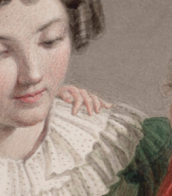
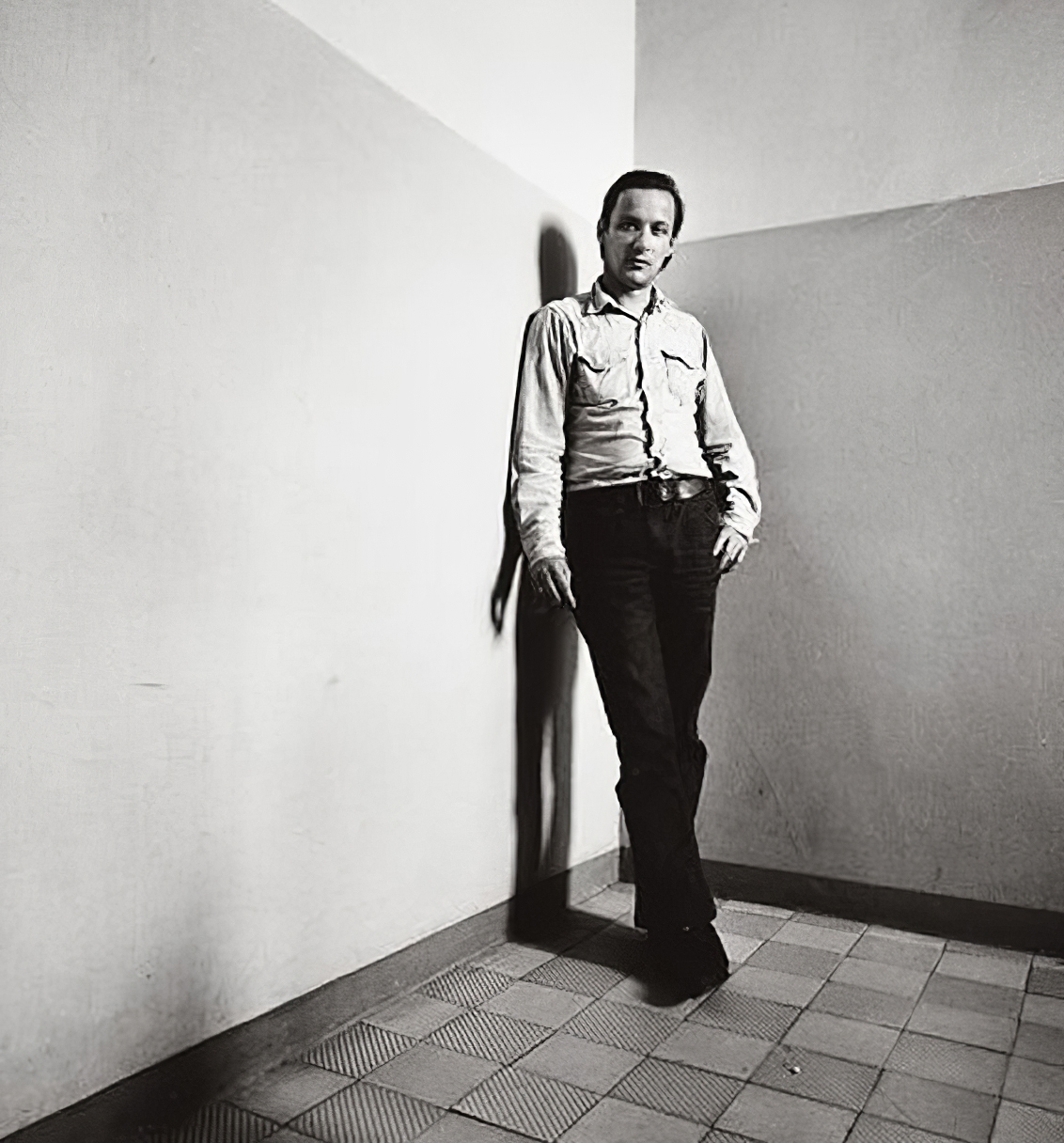
Blinky Palermo was a German abstract painter.

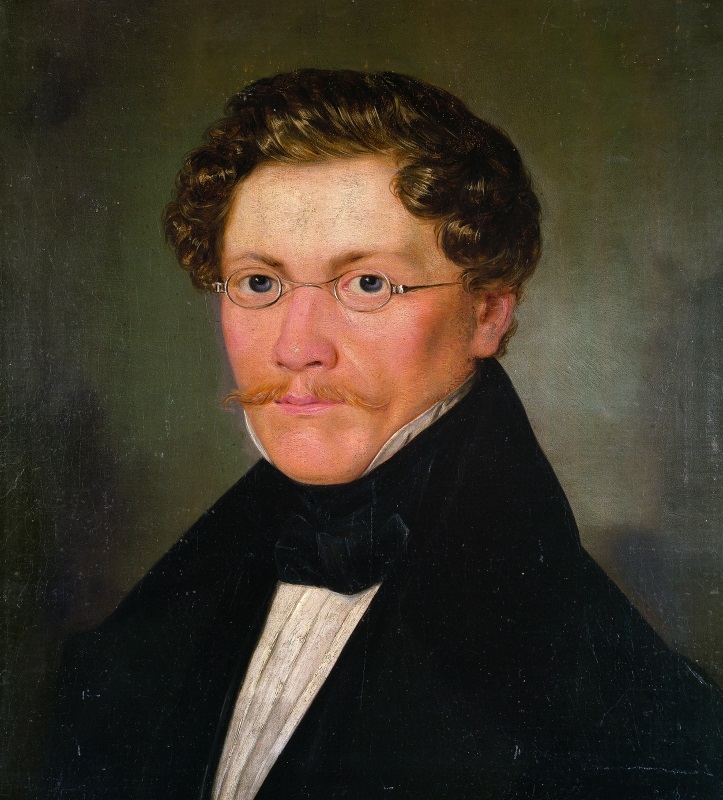
Carl Spitzweg was a German romanticist painter, especially of genre subjects. He is considered to be one of the most important artists of the Biedermeier era.
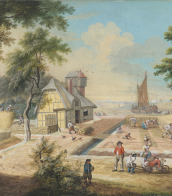
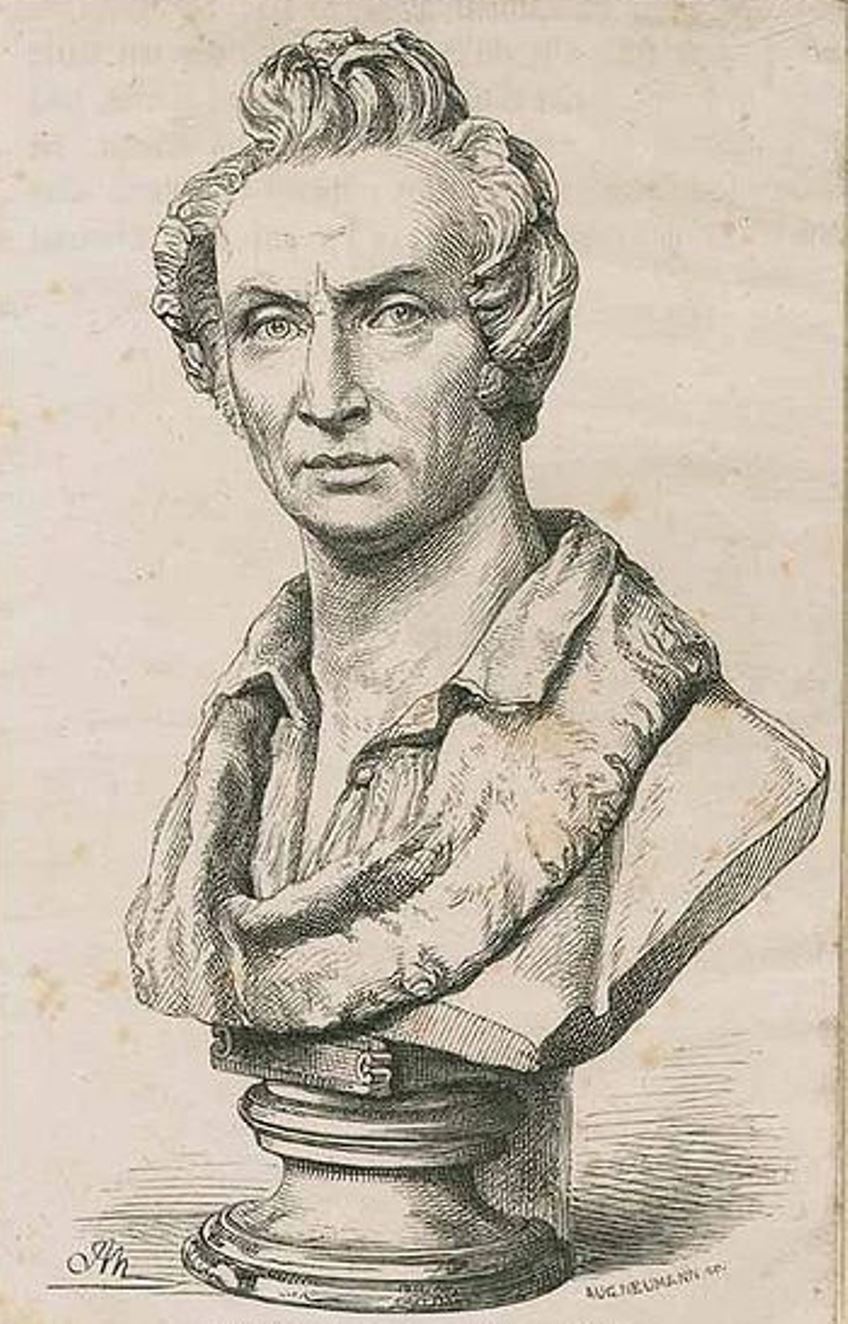
Carl Rottmann was a German painter of the first half of the 19th century. He is known as a master of the landscape genre. He became famous for his watercolor and oil paintings as well as his mural paintings of nature in the spirit of Romanticism.
Carl Rottmann comes from a dynasty of Rottmann artists: his father was a painter, and his younger brother continued the dynasty. Rottmann was among the court painters of King Ludwig I of Bavaria, from whom he received commissions to create large-scale landscapes.
Rottmann's best masterpieces are now preserved in museums in Germany, the most extensive collection of his works being held at the Neue Pinakothek in Munich.
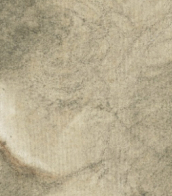
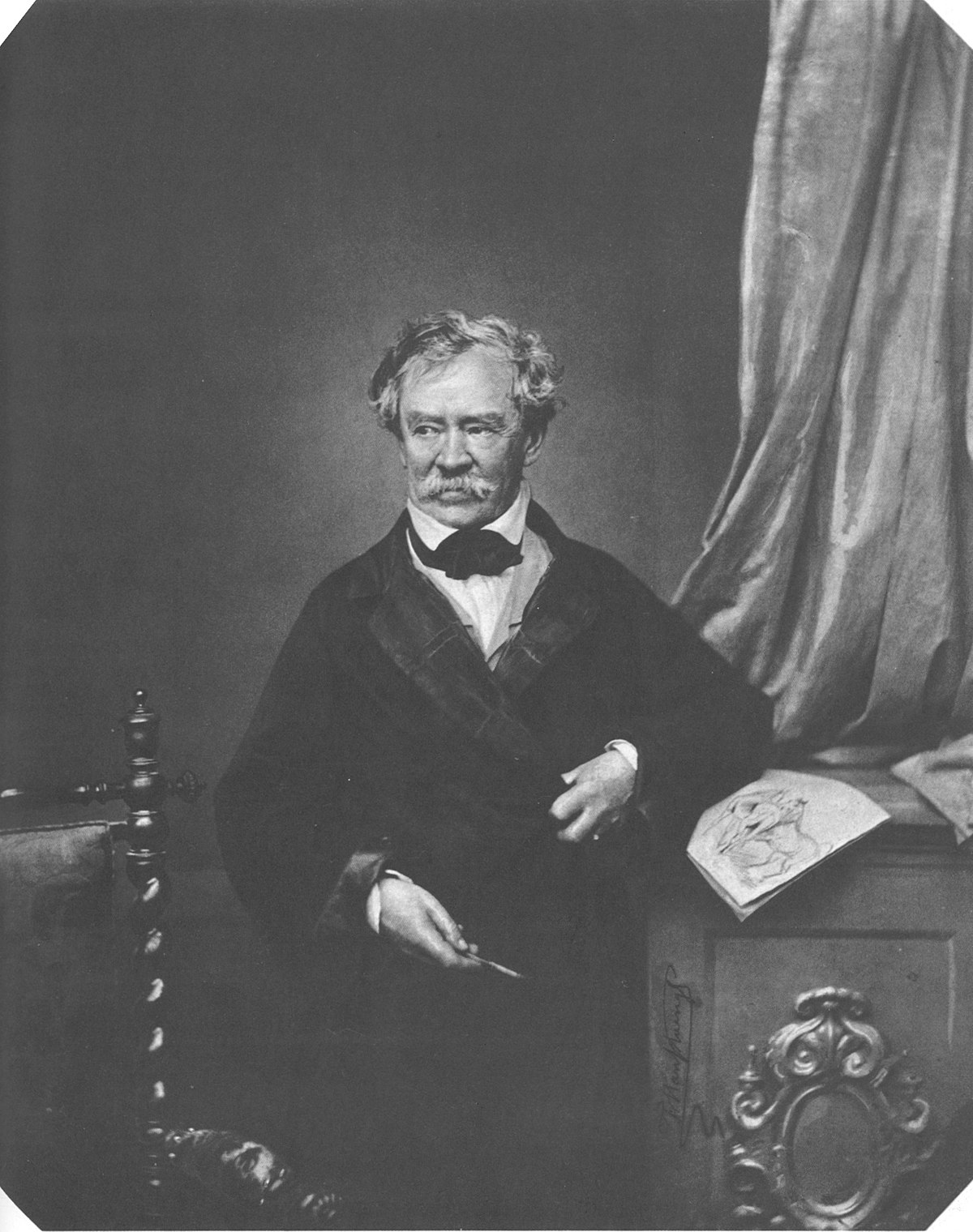
Albrecht Adam was a Bavarian painter of the first half of the 19th century. He is best known for the fact that as a member of Napoleon's Grand Army he took part in the campaign against Russia in 1812 as the official artist of the headquarters of the IV (Italian) Corps. Throughout the campaign, the artist made sketches and drawings, capturing many of the important events of the campaign. Later, many of these sketches became the basis for full-fledged paintings, and to subjects from the Napoleonic wars, which he witnessed, Adam addressed until the end of his very long life.
Albrecht Adam was also the author of memoirs, in which he described in detail the Battle of Borodino and a number of other key events of the War of 1812.



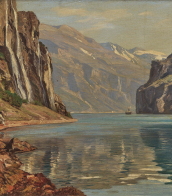
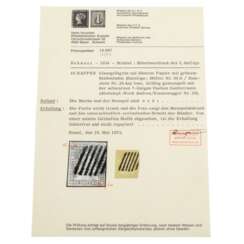


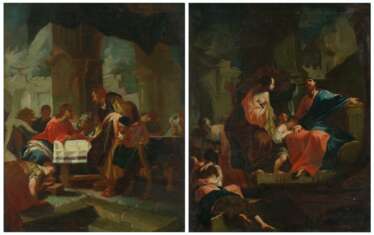

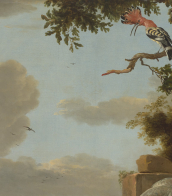
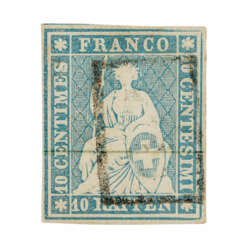

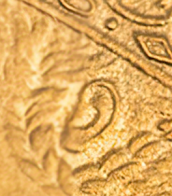


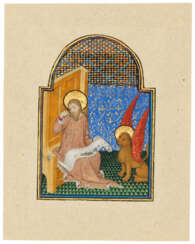


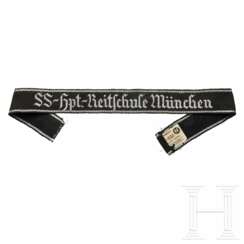

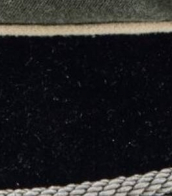
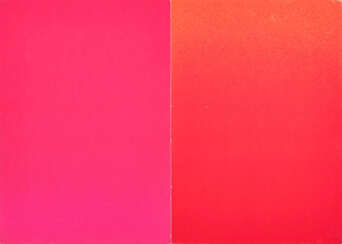

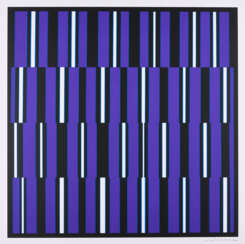

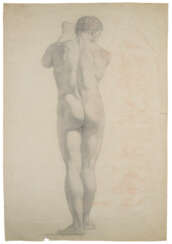



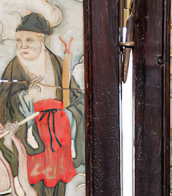
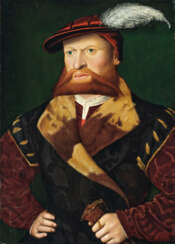


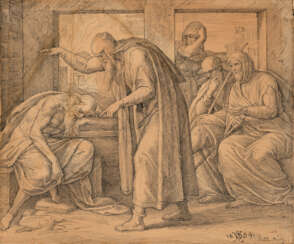



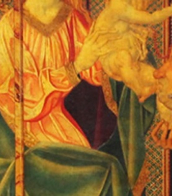
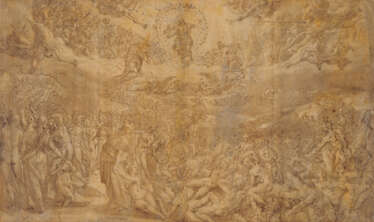

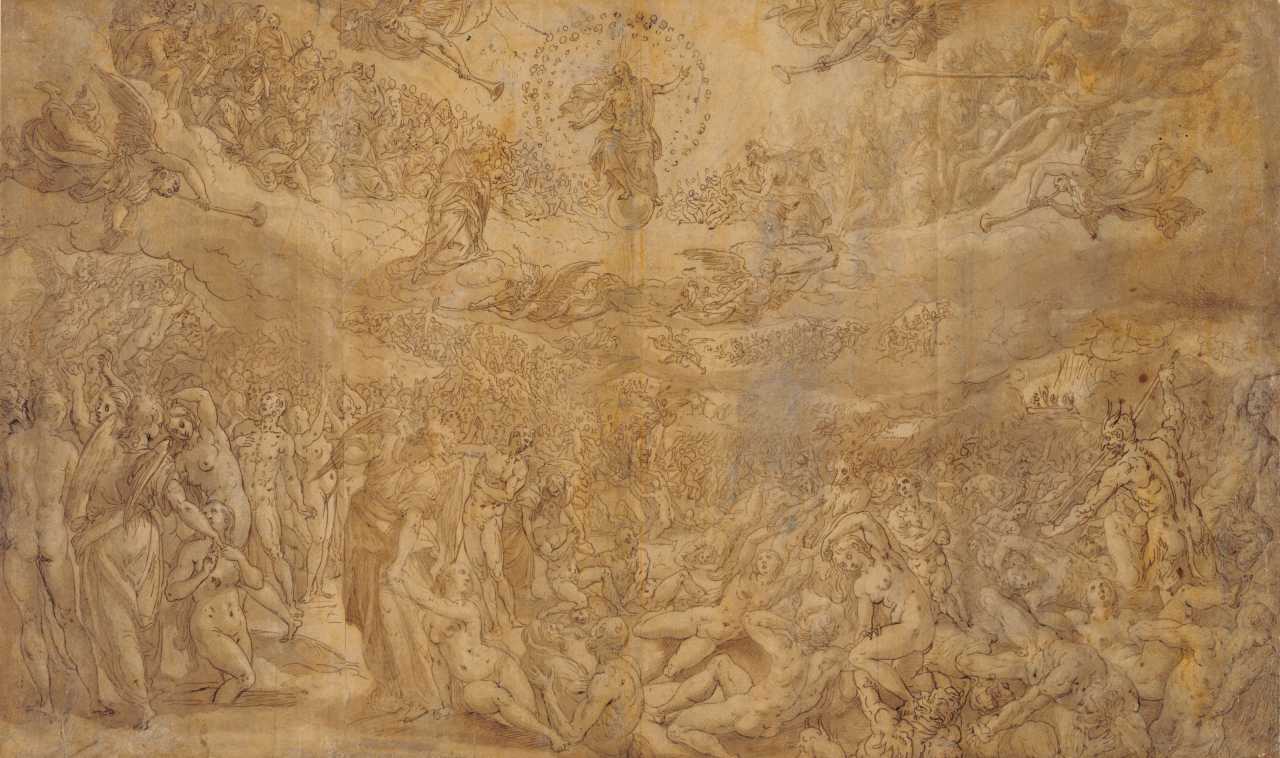
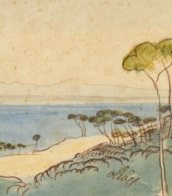
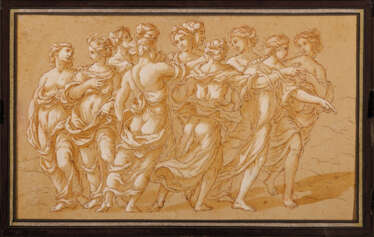

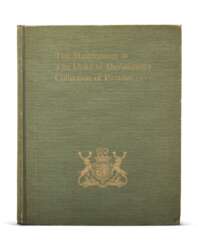

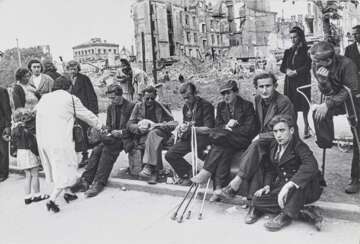

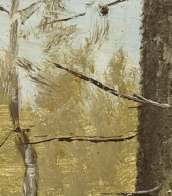
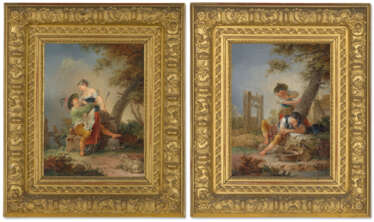



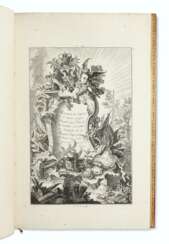

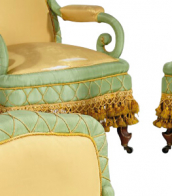


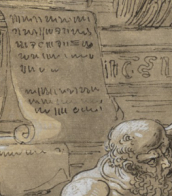
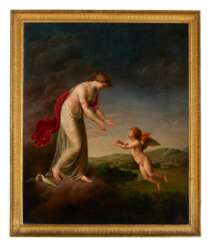

![THOMAS FEARNLEY (Frederikshald [now Halden] 1802 -1842 Munich)](/assets/image/picture_1385929/fc38c/9mh1sgj8klnsaxzpr7cyjco9usqriigpinbpbg3ebjvzgy82-r4lrdg89zddc1618185550jpg__fix_374_244.jpeg)
![THOMAS FEARNLEY (Frederikshald [now Halden] 1802 -1842 Munich)](https://veryimportantlot.com/assets/image/picture_1385929/fc38c/9mh1sgj8klnsaxzpr7cyjco9usqriigpinbpbg3ebjvzgy82-r4lrdg89zddc1618185550jpg__fix_374_244.jpeg)
